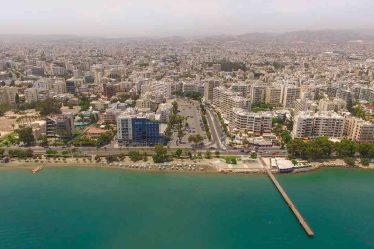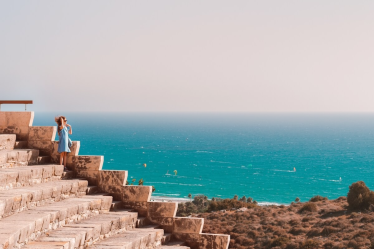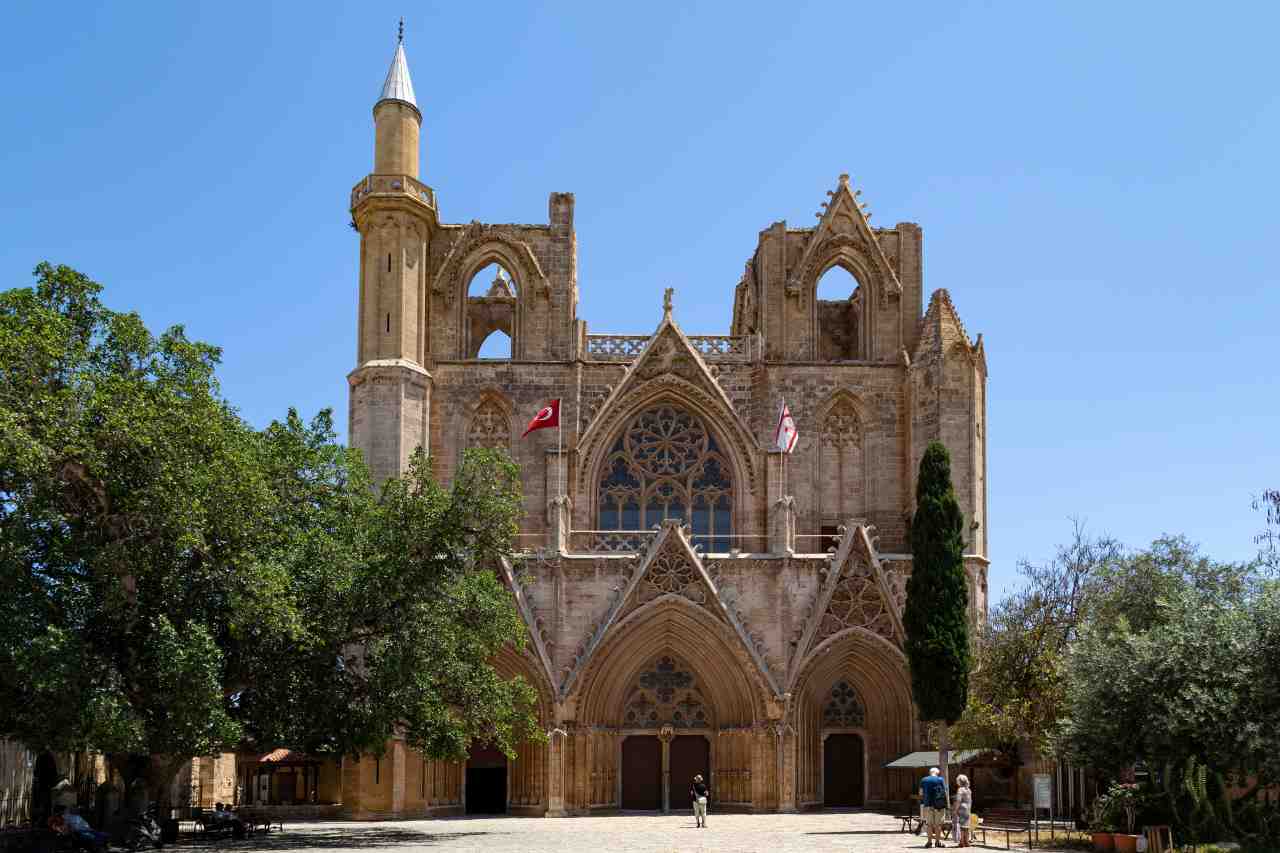
Welcome to Famagusta, a city with a rich history and a captivating story to tell. Situated on the eastern coast of Cyprus, Famagusta has witnessed the rise and fall of empires, leaving behind an awe-inspiring blend of cultural heritage. In this article, we will delve into the fascinating tale of Famagusta, its past glory, and the enigmatic ghost town that stands as a testament to its turbulent history.
The Rise of a Flourishing City
The Early Settlements
Famagusta’s roots can be traced back to ancient times, with evidence of early settlements dating back to the 3rd century BC. This coastal town has always been an essential port city, connecting Europe to Asia and Africa, making it a coveted location for many civilizations.
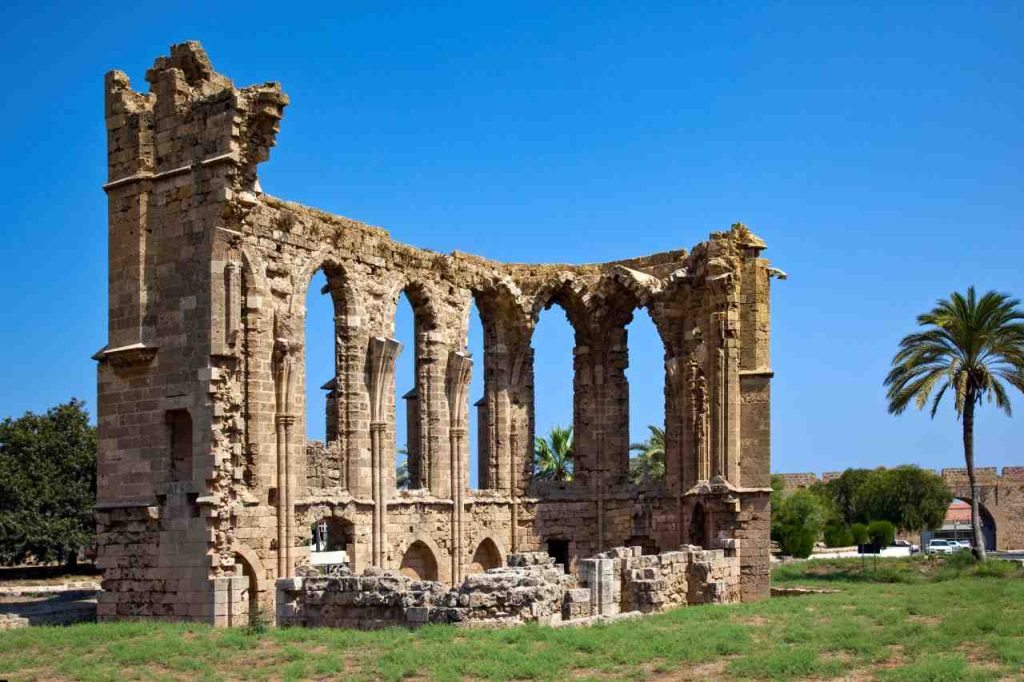
The Lusignan Era
In the 12th century, Famagusta flourished under the rule of the Lusignan dynasty. The city became a thriving center for trade and culture, attracting merchants, scholars, and artisans from various corners of the world.
Learn more about: Southern Cyprus.
The Golden Age of Famagusta
Venetian Domination
During the 15th century, Famagusta fell under Venetian rule, marking the beginning of its golden age. The Venetians fortified the city with impressive walls, which can still be admired today, and transformed it into a significant maritime and commercial hub.
Prosperity and Cultural Renaissance
Under Venetian influence, Famagusta experienced a cultural renaissance, with flourishing art, literature, and architecture. The city’s iconic buildings and churches were constructed during this era, reflecting a unique blend of Venetian and Gothic styles.
The Fall of Famagusta
Ottoman Conquest
In 1571, Famagusta faced a brutal siege by the Ottoman Empire. Despite putting up a valiant defense, the city eventually succumbed, leading to a devastating end to its golden age.

The Ghost Town
After the Ottoman conquest, Famagusta’s once-thriving streets were deserted, and the city was left in ruins. Today, the old walled city remains abandoned, earning the name „Ghost Town” – a haunting reminder of its glorious past.
Exploring the Ghost Town
Othello’s Tower
One of the iconic landmarks in Famagusta is Othello’s Tower, a fortress associated with Shakespeare’s famous tragedy „Othello.” Visitors can explore the tower and imagine the dramatic events that once unfolded within its walls.
St. Nicholas Cathedral
St. Nicholas Cathedral, a Gothic masterpiece, is another must-visit site. Although now a mosque, the building’s stunning architecture is a testament to the city’s past grandeur.
The Present and Future
Preservation Efforts
In recent years, there have been efforts to preserve and restore the ghost town of Famagusta. Various organizations and governments are working together to safeguard this historical gem for future generations.
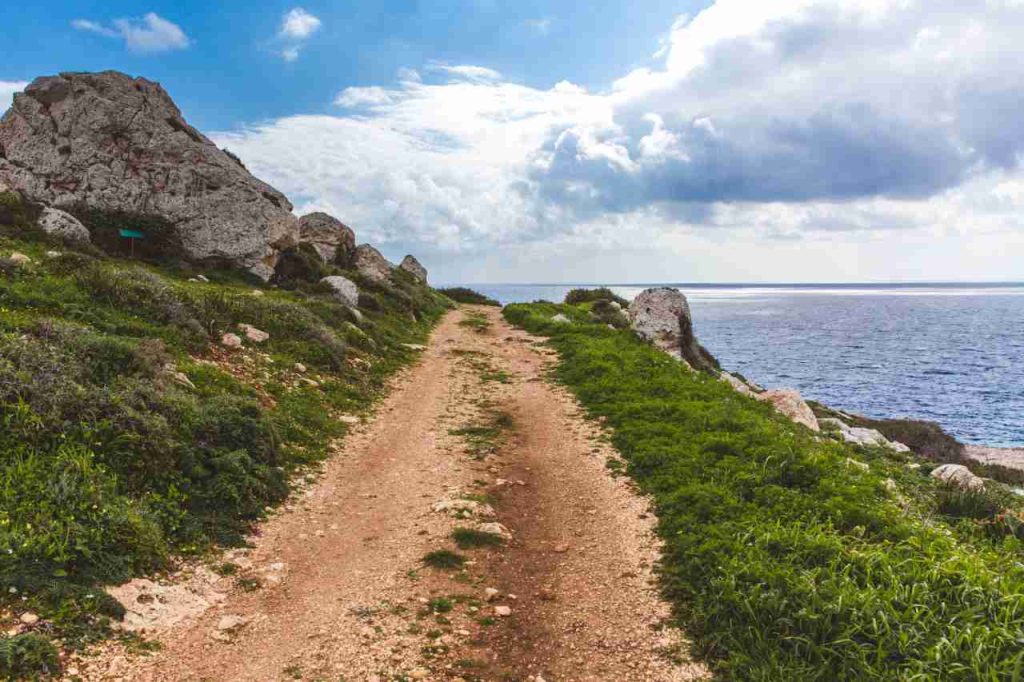
We highly recommend: Northern Cyprus.
Tourism and Cultural Relevance
Despite its haunting ambiance, Famagusta draws tourists from all over the world who come to immerse themselves in its rich history. The city’s cultural festivals and events celebrate its heritage and breathe life into its empty streets.
Conclusion
Famagusta stands as a symbol of resilience, a once-flourishing city that weathered the storms of time. Its ghost town, a poignant reminder of its past, continues to captivate visitors with its mystical charm. As efforts to preserve its legacy continue, the location remains a mesmerizing destination for history enthusiasts and curious travelers alike.
FAQs
1. Is Famagusta safe for tourists? Famagusta is generally considered safe for tourists. However, it is essential to follow local guidelines and stay informed about any travel advisories.
2. Can visitors enter the ghost town of Famagusta? As of now, the ghost town remains mostly inaccessible due to political reasons. However, there are guided tours available around the outskirts.
3. How can I learn more about Famagusta’s history? You can visit museums and historical sites within the city, or seek information from knowledgeable locals and tour guides.
4. Are there accommodations available near Famagusta? Yes, there are various hotels and resorts located nearby, offering comfortable stays for visitors.
5. What is the best time to visit Famagusta? The best time to visit Famagusta is during spring or autumn when the weather is pleasant, and the tourist crowds are relatively smaller.

